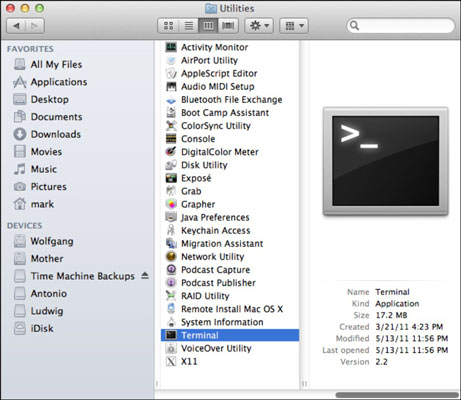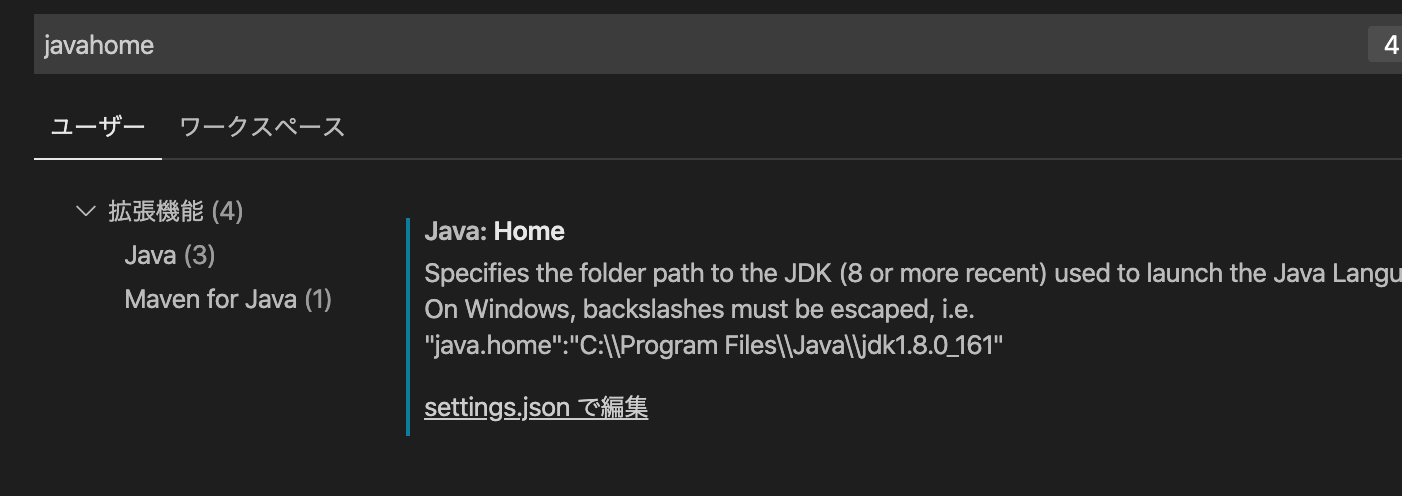

- #MAC ABSOLUTE PATH FOR DESKTOP FOR JAVA FOR MAC OS#
- #MAC ABSOLUTE PATH FOR DESKTOP FOR JAVA MAC OS X#
- #MAC ABSOLUTE PATH FOR DESKTOP FOR JAVA FULL#
- #MAC ABSOLUTE PATH FOR DESKTOP FOR JAVA CODE#
The locations in this list are separated by semicolons ( ). Add the location of the JRE to the end of the list of paths. At the moment it is not possible to automatically start a loop mainly due to restrictions on OS X where SWT must be on the main thread. In the list of user variables, select PATH and click Edit. If you have an SWT application that already has an icon on the tray, you can re-use this for your notificationįor SWT, you must already be running an event loop (see SWT toolkit documentation). When you are providing a 'parent' tray item, the icon mode above may be ignored. The default image (see above) will always be visible as soon as the first notification message is sent. When a message is shown, the default tray icon will be show (see tDefaultImage()). When active, the icon in the system tray will reflect the type of the current message that is being displayed. This may require the use of a transparent image depending on the platform. The options for system tray icon mode are :. setSystemTrayIconMode( SystemTrayIconMode. ToasterSettings settings = new ToasterSettings()
#MAC ABSOLUTE PATH FOR DESKTOP FOR JAVA FULL#
Note, currently only available on Snapshots repository so you'll need to add that first until full release Start Learning Java Explore Java Examples. Tutorials Examples Course Index Explore Programiz Python JavaScript C C++ Java Kotlin Swift C DSA. Classic Java example to construct a file path, using parator or System.getProperty('parator'). The library is available in Maven Central, so configure your project according to theīuild system you use. In this example, we will learn to get the name of the file from the absolute path in Java. If this is an available command, the default desktop notifications will be used Linux support will be provided in the following order :. If there is no growl, but osascript is an available command, the default Notification Centre will be used.If Growl via AppleScript is available, it will be used.
#MAC ABSOLUTE PATH FOR DESKTOP FOR JAVA MAC OS X#
Mac OS X support will be provided in the following order :. If no SWT is available, the built-in AWT System Tray support will be used. If SWT is on the CLASSPATH, its System Tray support and balloon tooltip will be used. Windows support is currently provided in the following order :. java extension and then opening terminal to ru. Writing the program using nano editor in the terminal itself and running it.
#MAC ABSOLUTE PATH FOR DESKTOP FOR JAVA FOR MAC OS#
If you have have Growl for Mac OS X, Linux or Windows installed, running on listening on the default port, it will be used in preference to all platform specific notification systems.Īdditionally on all platforms, if no notifier implementation can be found, the last resort fallback will be to display the messages on System.out. There are two different ways you can run a Java program in mac using terminal. It works on the operating system of your choice with your favorite Eclipse-based IDE and helps you collaborate across development teams using Team Foundation Server or Visual Studio Team Services. Can integrate with your existing system tray icon if required (SWT and Swing/AWT)Īll platforms support Growls GNTP protocol. Team Explorer Everywhere is the official TFS plug-in for Eclipse from Microsoft.Supports NONE, INFO, ERROR and WARNING notifications types, each with it's own icon.No hard dependencies, although can be augmented with SWT to provide further options.Tries to find the best implementation available to give the best looking and most integrated experience.
#MAC ABSOLUTE PATH FOR DESKTOP FOR JAVA CODE#

Using readlink ~]$ readlink ~]$ readlink -f /etc/localtime ‘/etc/localtime’ -> ‘./usr/share/zoneinfo/Asia/Shanghai’

share your projects drive at Docker Desktop file share settings and restart Docker Desktop. usr/share/zoneinfo/Asia/Shanghaiįile: ‘/etc/localtime’ -> ‘./usr/share/zoneinfo/Asia/Shanghai’ On macOS, point the variable to the Home sub-directory. 1 root root 35 Aug 2 22:41 /etc/localtime ->. Take file /etc/localtime as an example ~]$ ls ~]$ ls -l /etc/localtime


 0 kommentar(er)
0 kommentar(er)
